A treasure trove of relics of the finest quality displayed in the Heritage Gallery of the National Museum Karachi traces the history of Gandhara and Indus Valley - two ancient civilizations that existed in this region.
My visit to these galleries transported me back to my years on the campus and those I spent on the studies of art, sculpture and architecture. The relics belong to the ancient Gandhara civilization that flourished from the middle of the first millennium BCE to the beginning of the second millennium CE, in what is present-day northern Pakistan and Afghanistan, were unearthed from the 3,000-year-old epic city known as Takshashila, Taksasila or the modern Taxila are put on display in the large glass vitrines.
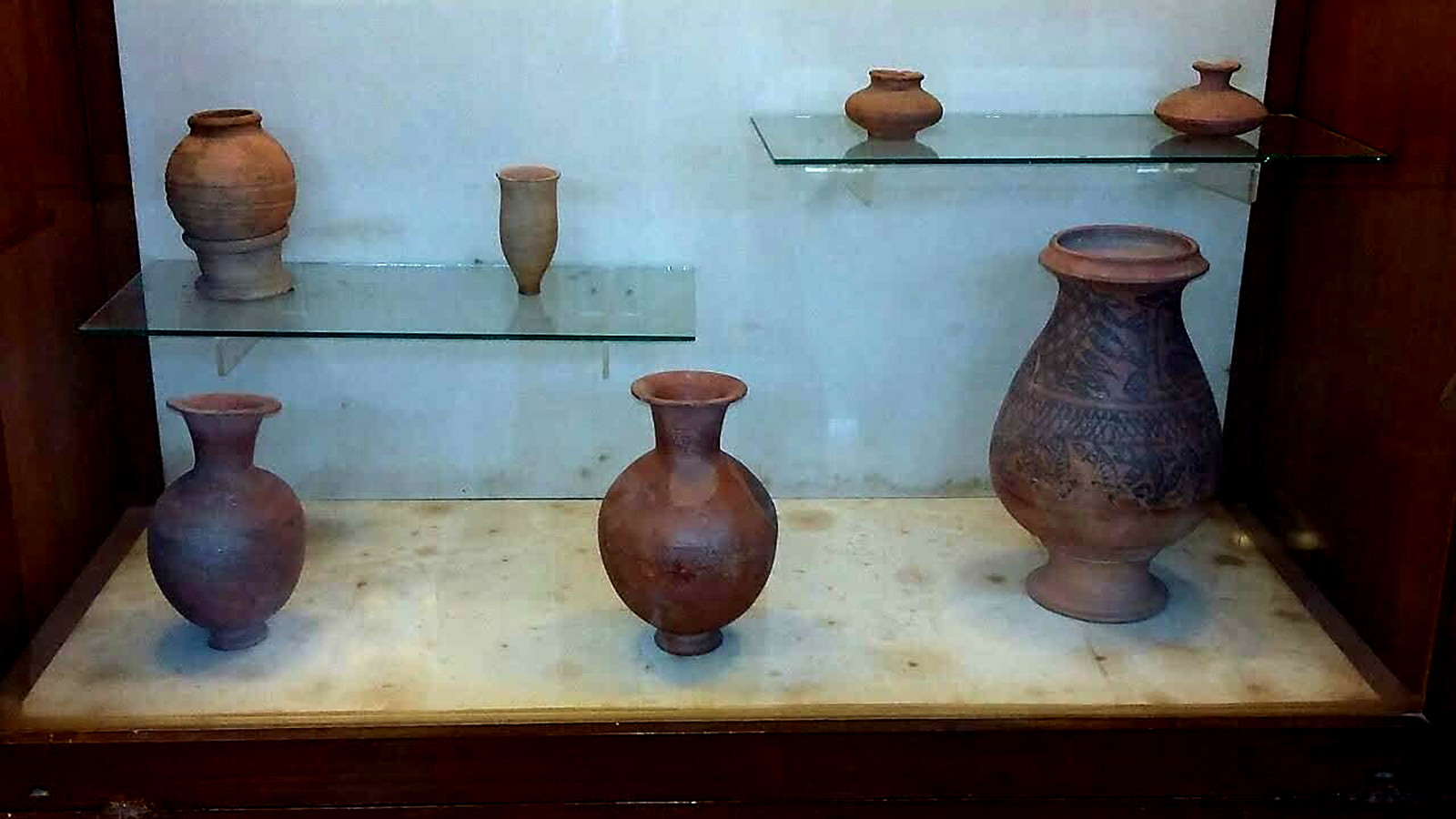
The history of Gandhara shows political rule of multiple dynasties over the centuries. A strategically located city and the centre of ancient trade routes, Taxila suffered repeated ownership conflict and was destroyed and rebuilt multiple times. However, the antiquities found from the excavated site of Taxila show a remarkable uniformity of native cultural traditions that persisted through the Achaemenid, Greek, Mauryan, Indo-Greek, Scythian, Parthian, Kushan, Han and Hindu dynasties, up to the Muslim conquest in the beginning of the mediaeval period.
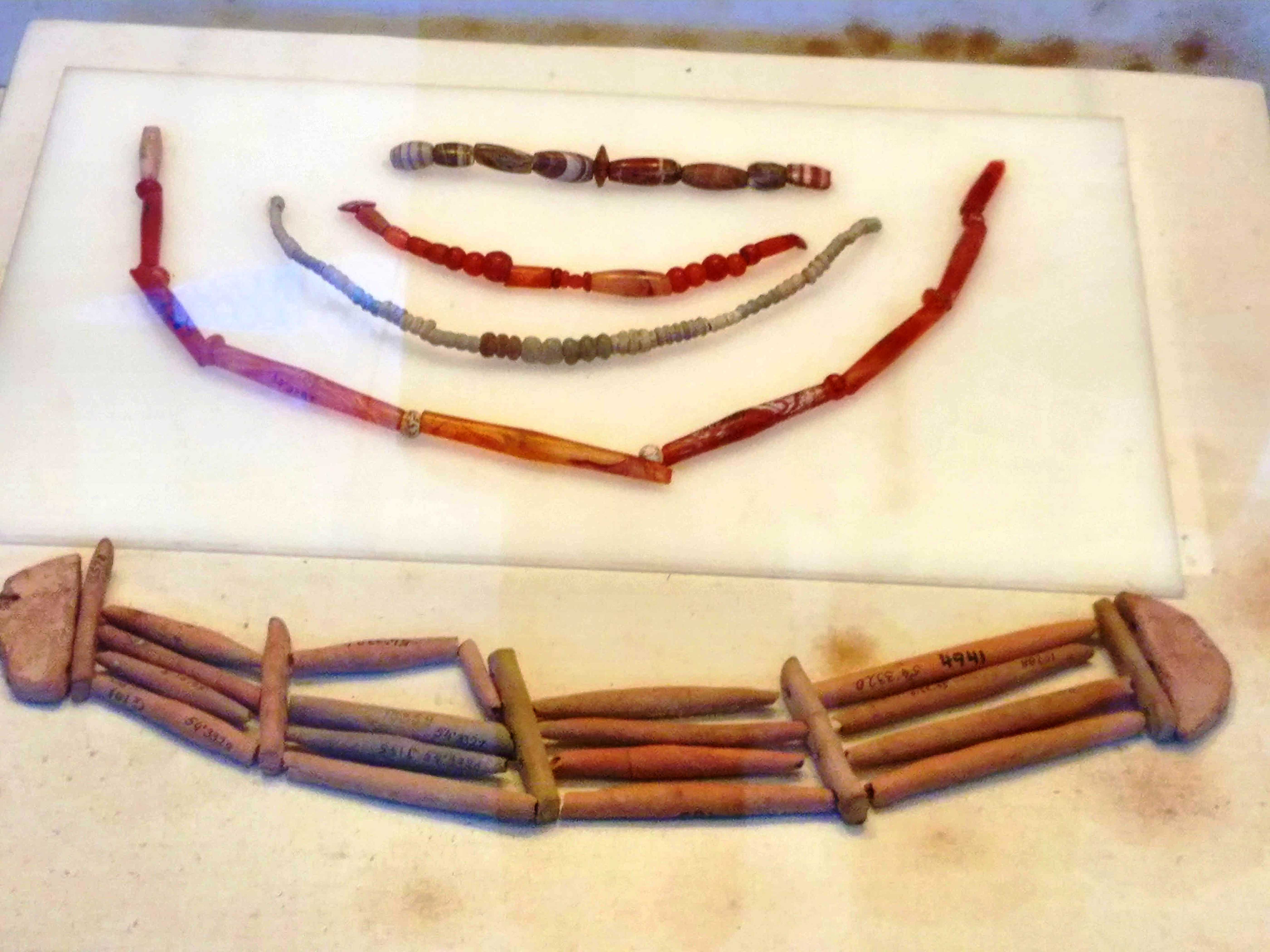
The Greek historian Arrian described Taxila, at the time of Alexander the Great as one of the most flourishing among the cities that lay between the River Indus and Hydaspes (presently Jhelum). Strabo, the Greek geographer, philosopher and historian who lived in South-Western Asia during the transitional period of the Roman Republic into the Roman Empire, tells us that Taxila was thickly populated and extremely fertile, as the mountains gradually subsided into plains. Another Greek historian, biographer, and essayist, Plutarch, appreciated the richness of the soil. Buddhist pilgrim and seventh-century traveler Hsiian Tsang also highlighted the land’s fertility, its rich harvests and flowing streams.
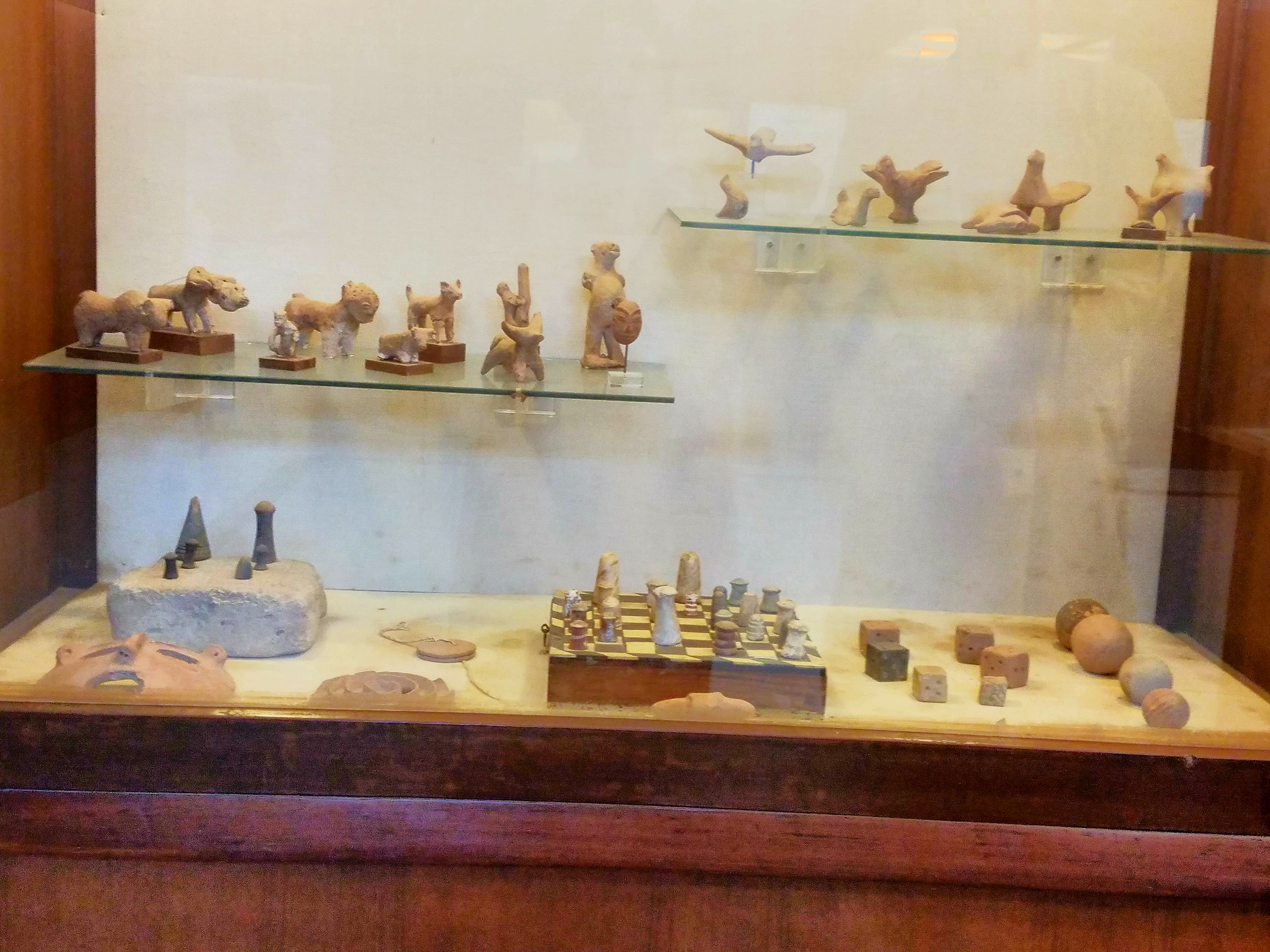
Alexander invaded Taxila in 326 BC and brought with him strong Greek influence to this part of the world. This is the reason that there is a visible Greco-Roman impression on most of the sculptures and objects. Some even depict mythological characters such as the god Apollo and goddess Daphne. The relics include a large number of artifacts depicting the life, death and preaching of Buddha and the Buddhist lifestyle from first to the sixth century AD while the life-sized statues of Buddha dictates its prominence in the entire Gandhara gallery.
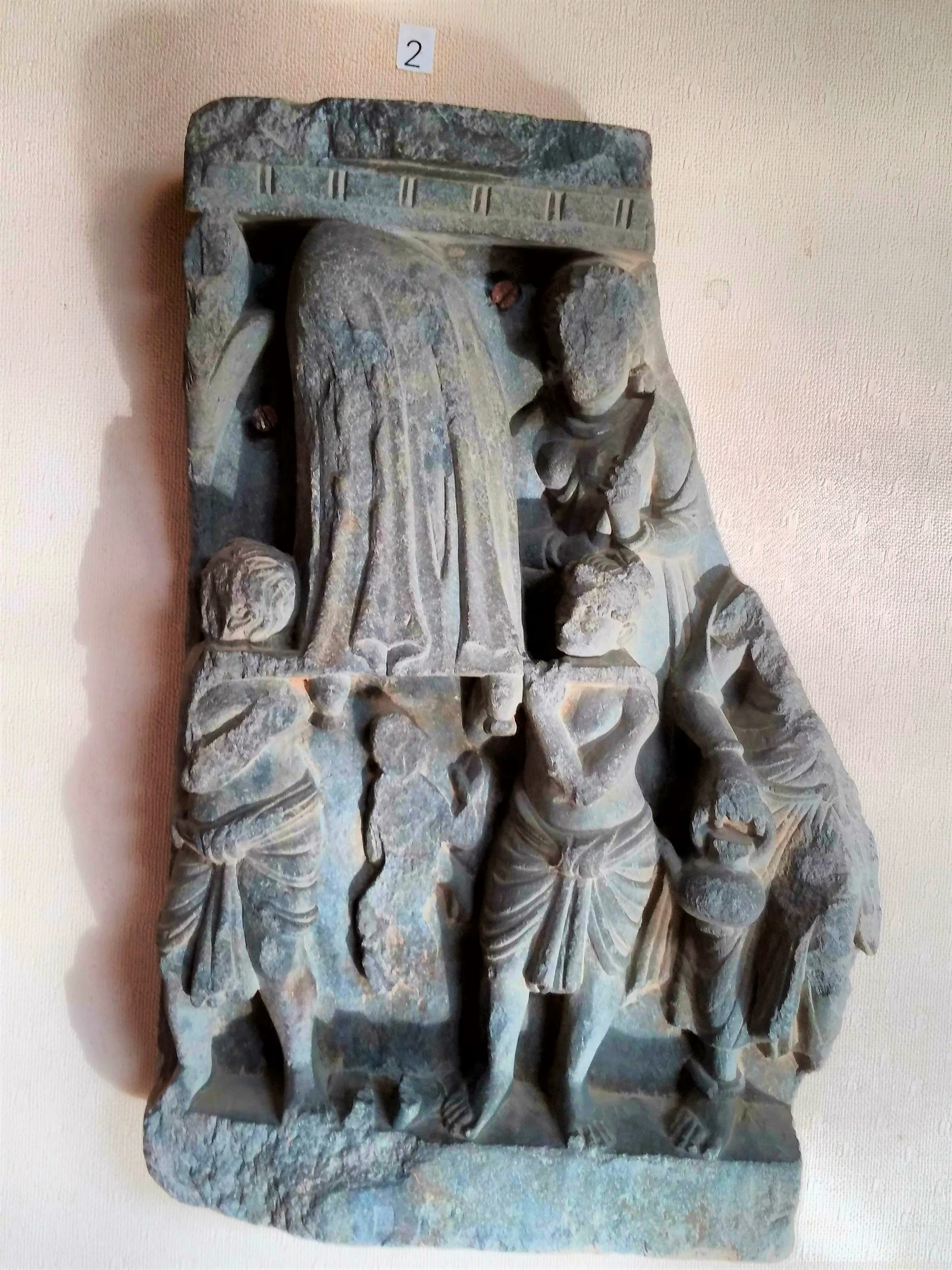
Under the Mauryan dynasty, since Ashoka adopted Buddhism as the state religion, which prevailed for over 1,000 years right up to 10 AD, hundreds of monasteries and stupas (Buddhist shrines) were built in the ancient cities of Sirkap and Sirsukh, along the ruins of Taxila and from here, originated the unique Gandhara School of sculpture.
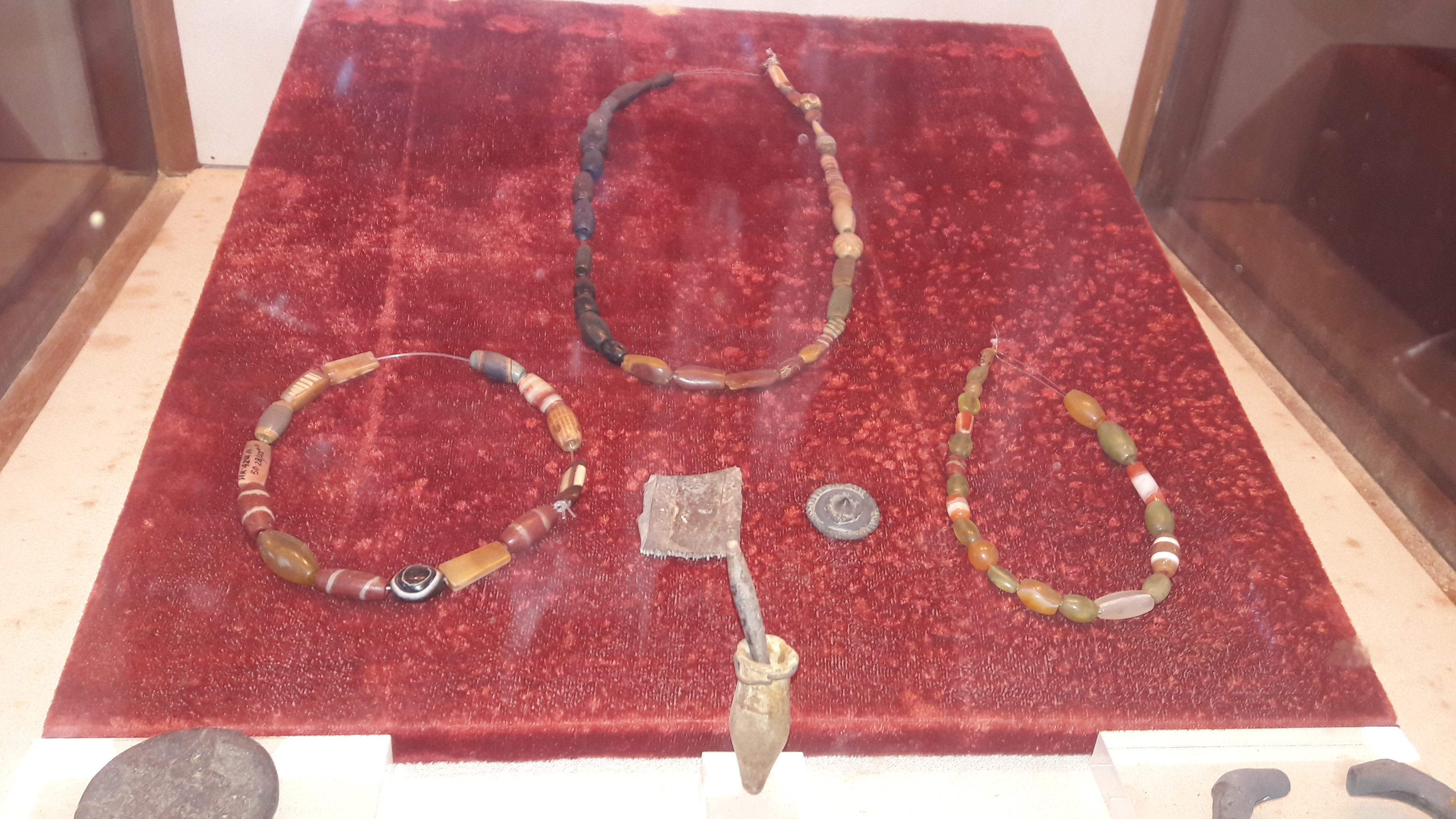
Buddhism left a rich legacy of art and craft in Pakistan. Lotus decoration is common on utensils and pottery. A special section in the Gandhara gallery displays a relic plaque which depicts mourners grieving over Buddha’s casket. The devotee with an oil lamp is a fascinating piece of sculpture and symbolises Buddha’s enlightenment. Urns or stupa-shaped jars encapsulate Buddha’s cremation, as his ashes were preserved in urns to be spread and enshrined to propagate the essence of his teaching.
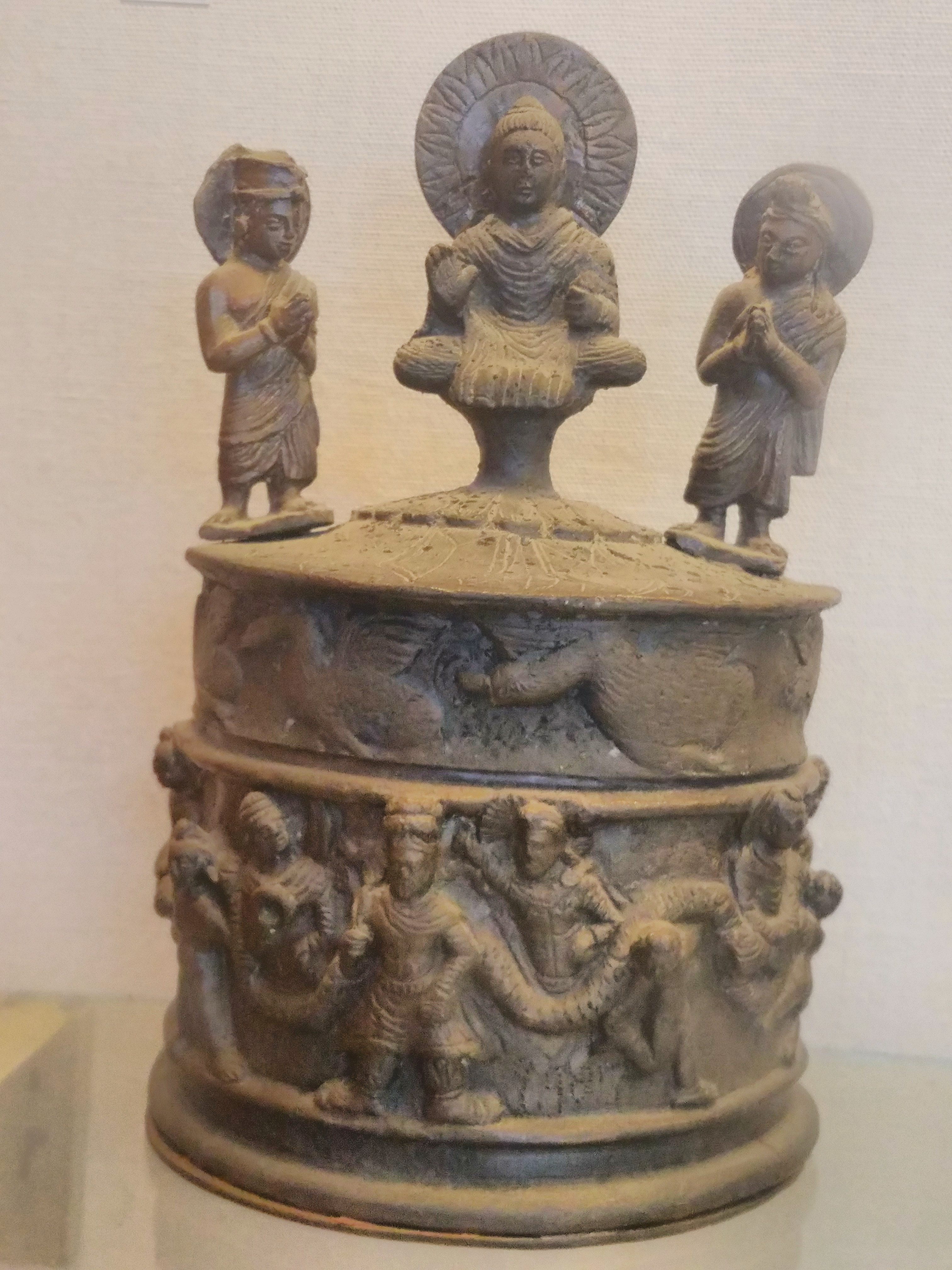
Similarly, the Indus gallery reveals the artistic activity in the culture of Indus Valley Civilization. The pieces of objects provide important insights into the minds, lives, social practices and religious beliefs of their creators.
The Indus pottery has all the evidence of mass production and certifies that people used to stock water in large sized pitchers to manage essential water needs.
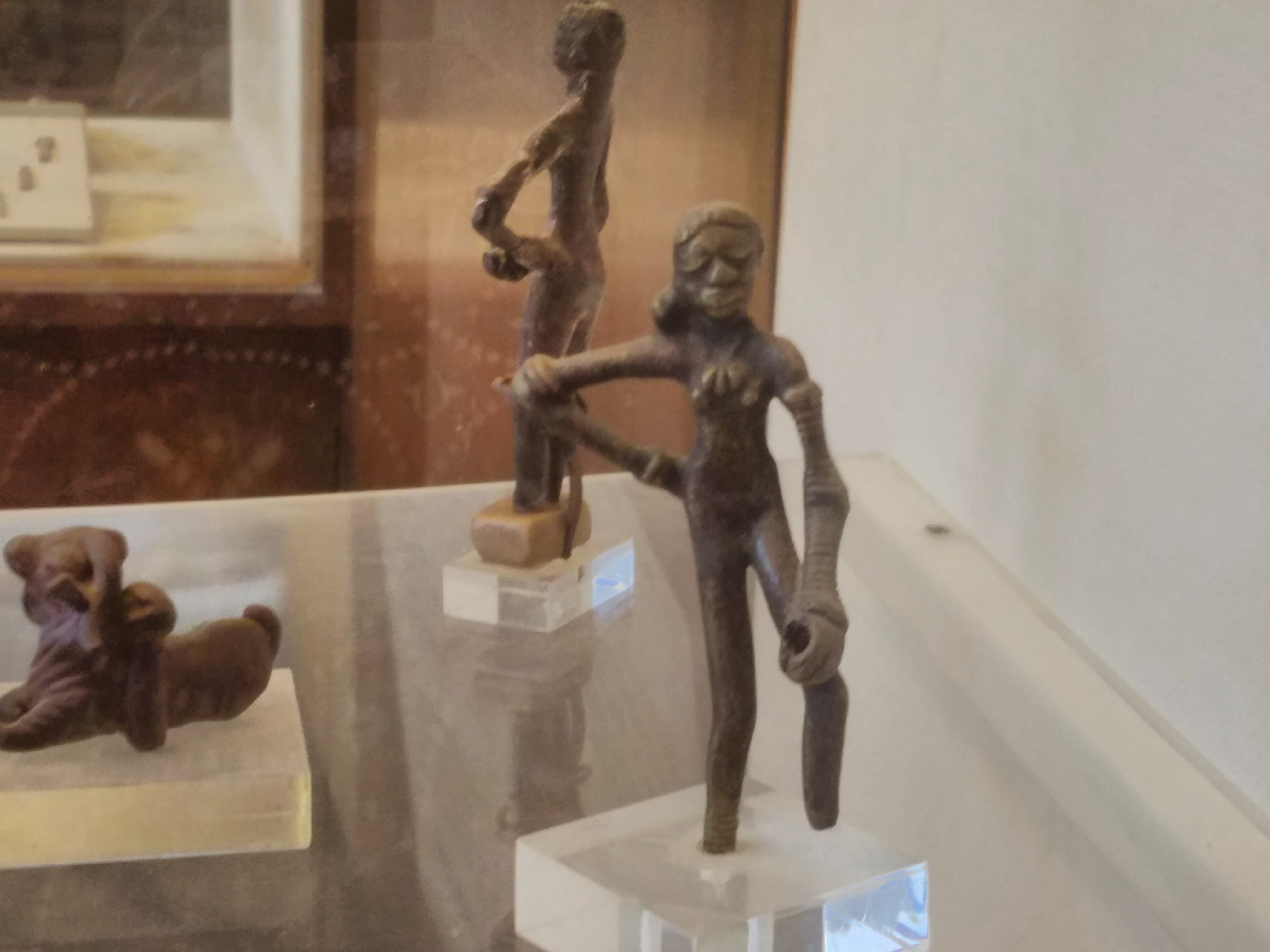
Apparently, figures in the pieces of sculptures are intended as images for worship. There is also a notable repertoire of cast-bronze figures. The technical excellence of the bronze and terracotta suggests a highly developed native Indian workmanship of art. Potteries represent sophisticated craftsmanship of Indus potters and crafts workers, who have transported their creativity to the wider audience of this 21st century.
A rare bronze sculpture from Mohenjo-daro, much less well-known than the dancing girl, with a hand on hip looks bold and confident and I am happy to term it one of ‘Indus Sisters’. While trying to figure out the character of Indus figurines resident within the large glass vitrines, I saw the replica of the rare bronze sculpture from Mohenjo-daro, ‘The Dancing Girl’ (the original is in Delhi) and I recalled reading Archaeologist Sir Mortimer Wheeler’s quote about her, ‘she's about fifteen years old I should think, not more, but she stands there with bangles all the way up her arm and nothing else on. A girl perfectly, for the moment, perfectly confident of herself, and the world, there's nothing like her, I think, in the world.’
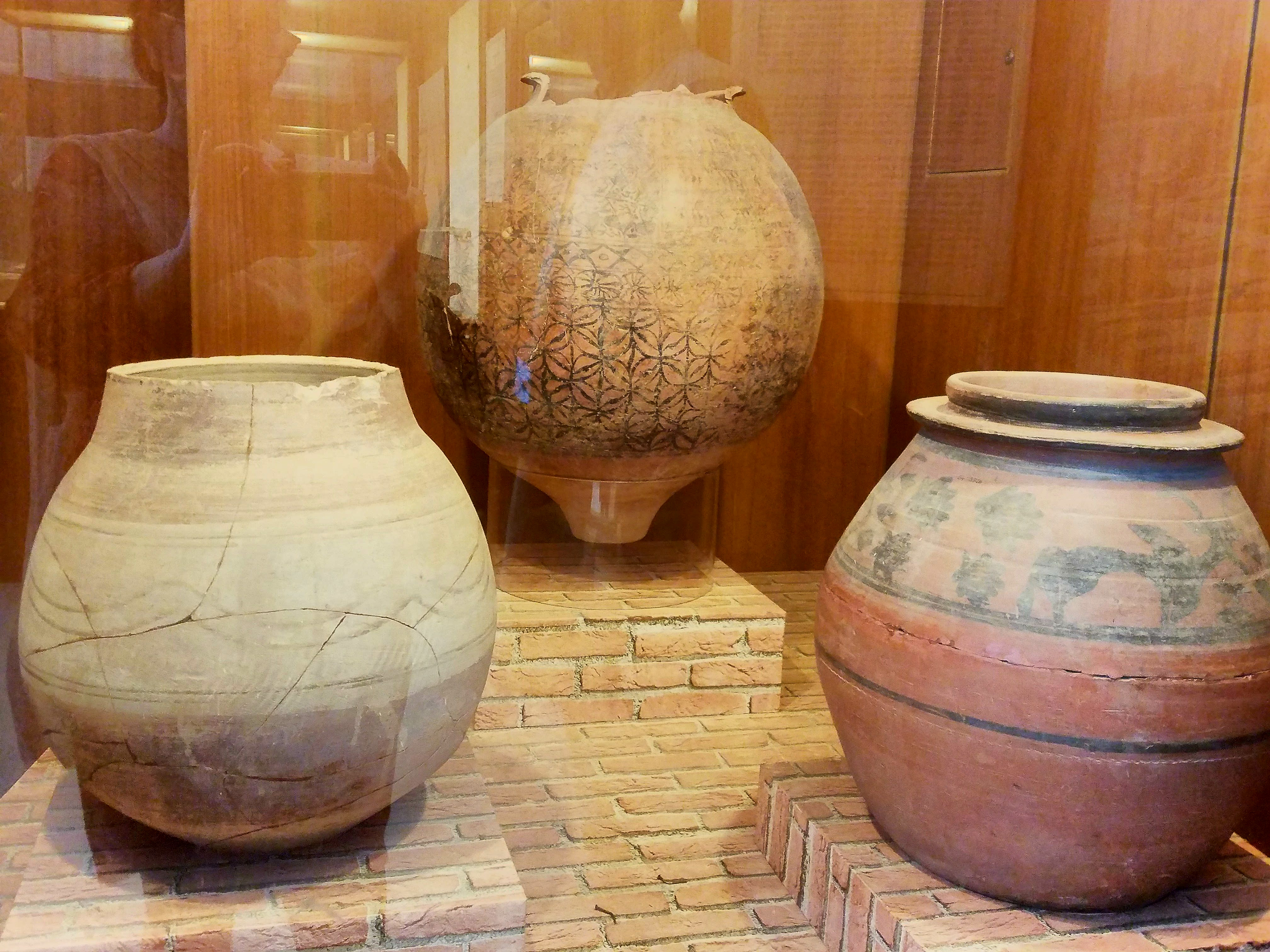
When it comes to assessing a country's global contribution, we consider nation's distinctive traditions, as opposed to its economic prowess or technological advances. Remnants of a nation’s historical past and abundance of heritage and its preservation can become almost synonymous with the country’s name, defining the nation’s socio-cultural values and appeal to others around the world. In this way, Pakistan’s soil absorbs within a rich past and human heritage that continues to define its present and future. This mesmerising sculpture, known as 'The Dancing Girl,' is one of the highest achievements of the artists of Mohenjodaro. One can only hope to someday see the original piece of ‘The Dancing Girl’ standing calmly with her ‘Indus Sister’ in a glass vitrine of this gallery soon.
